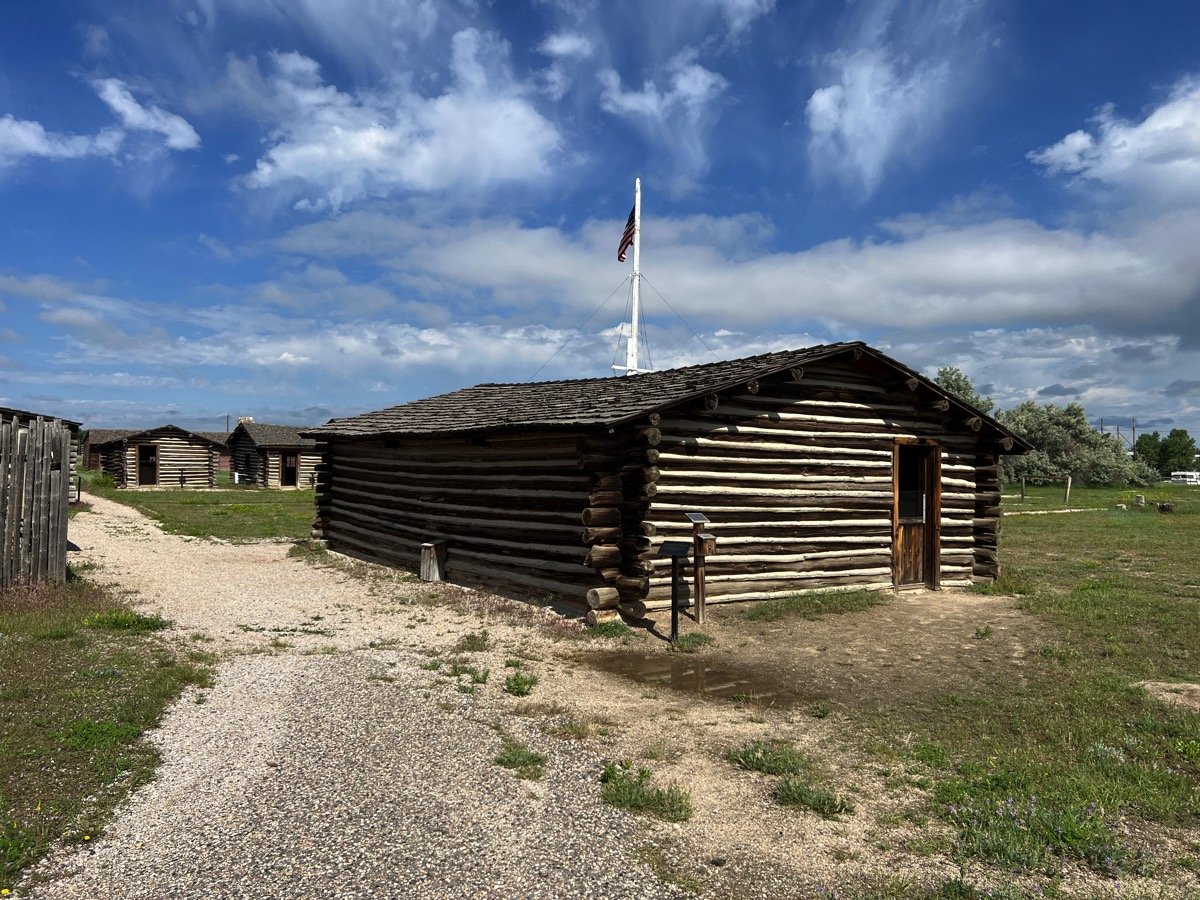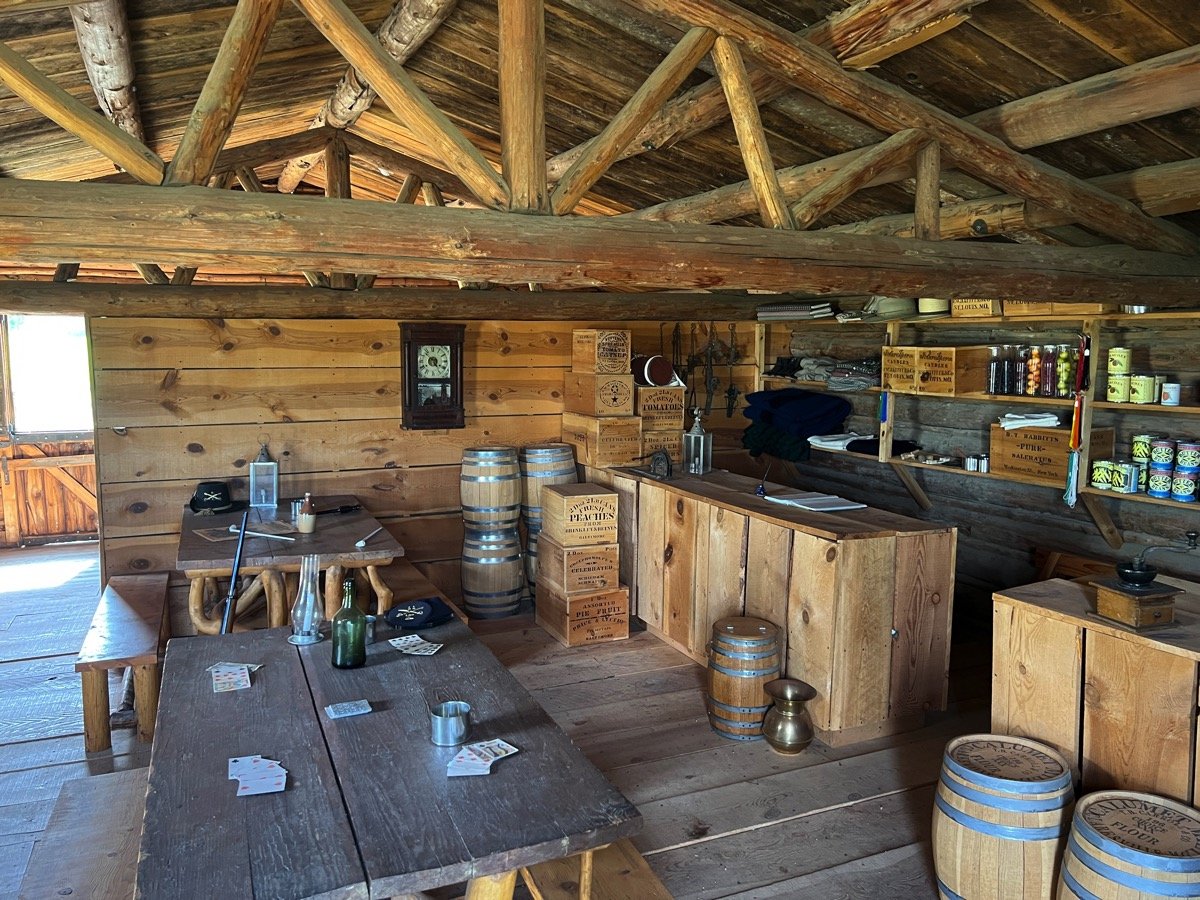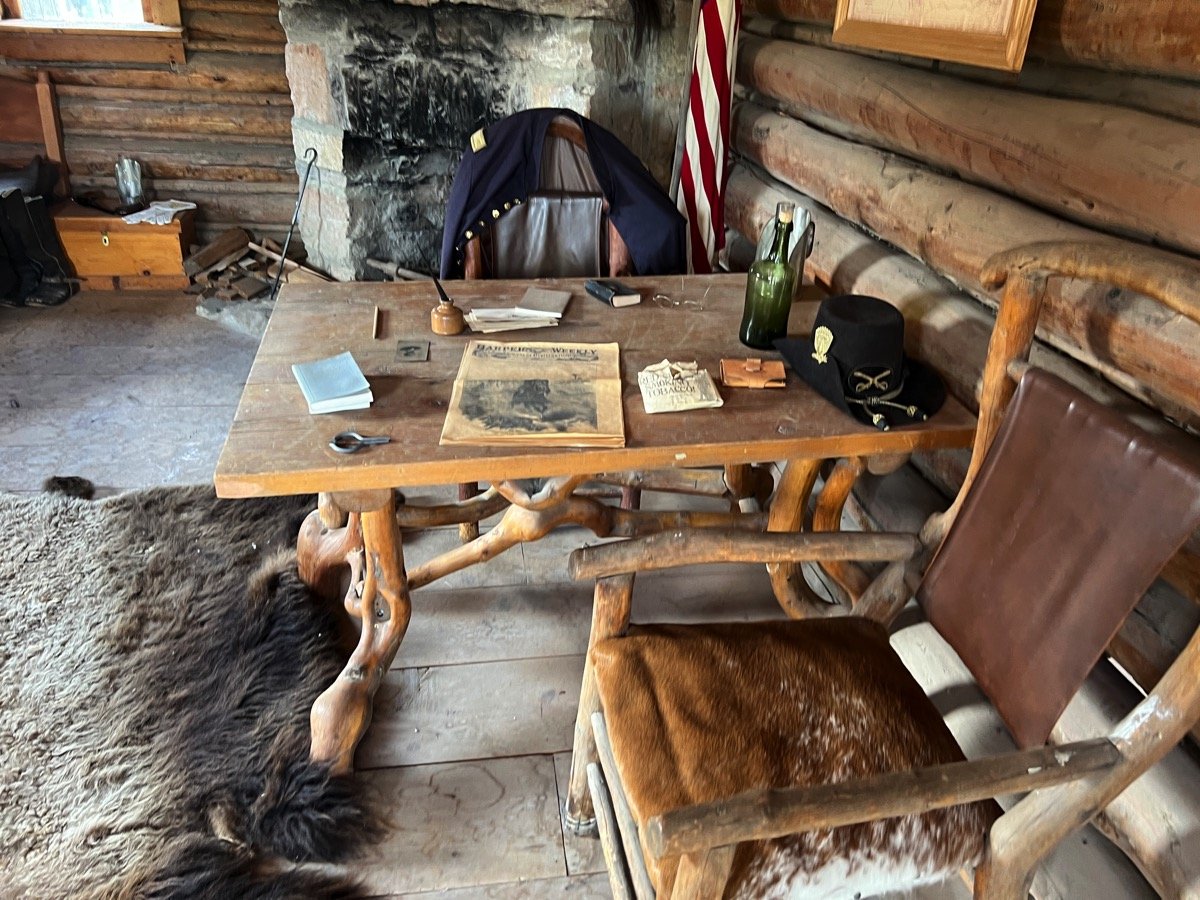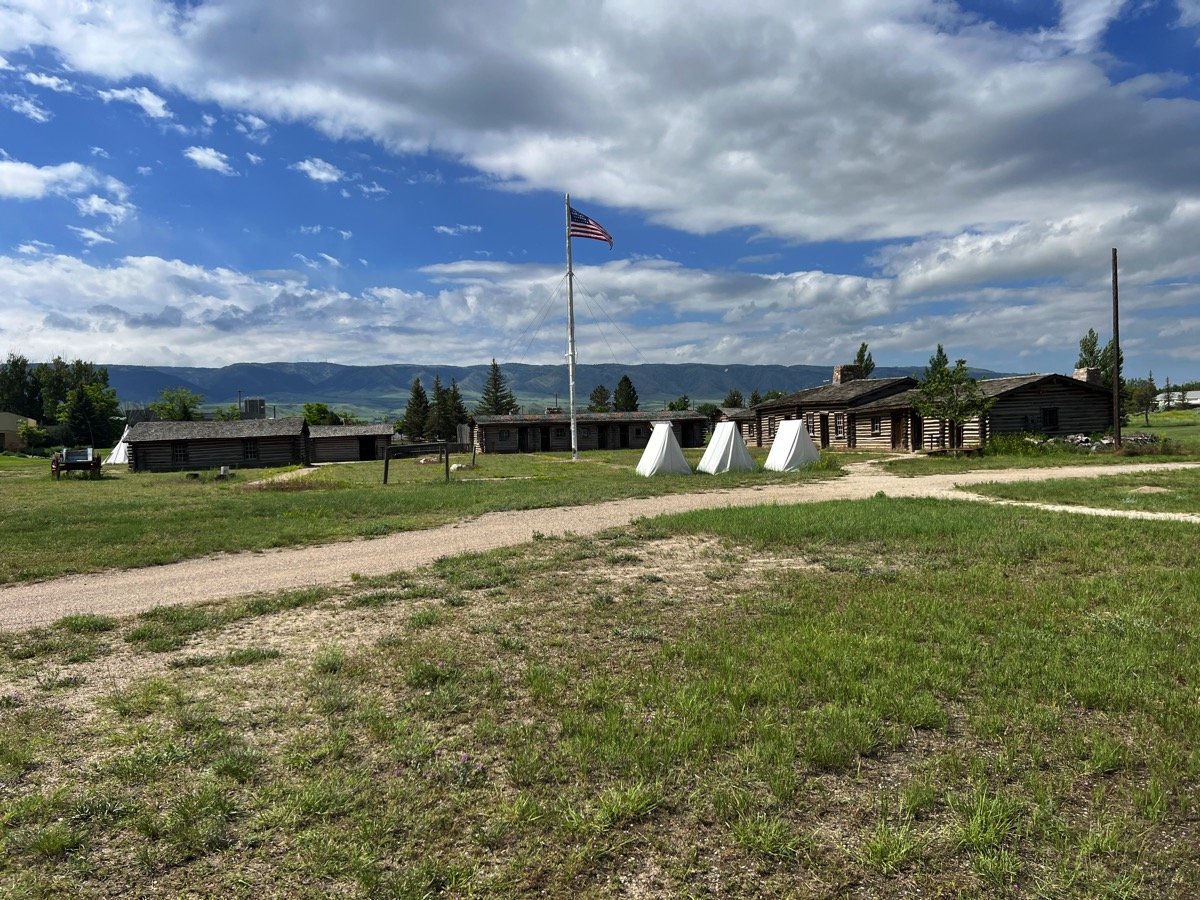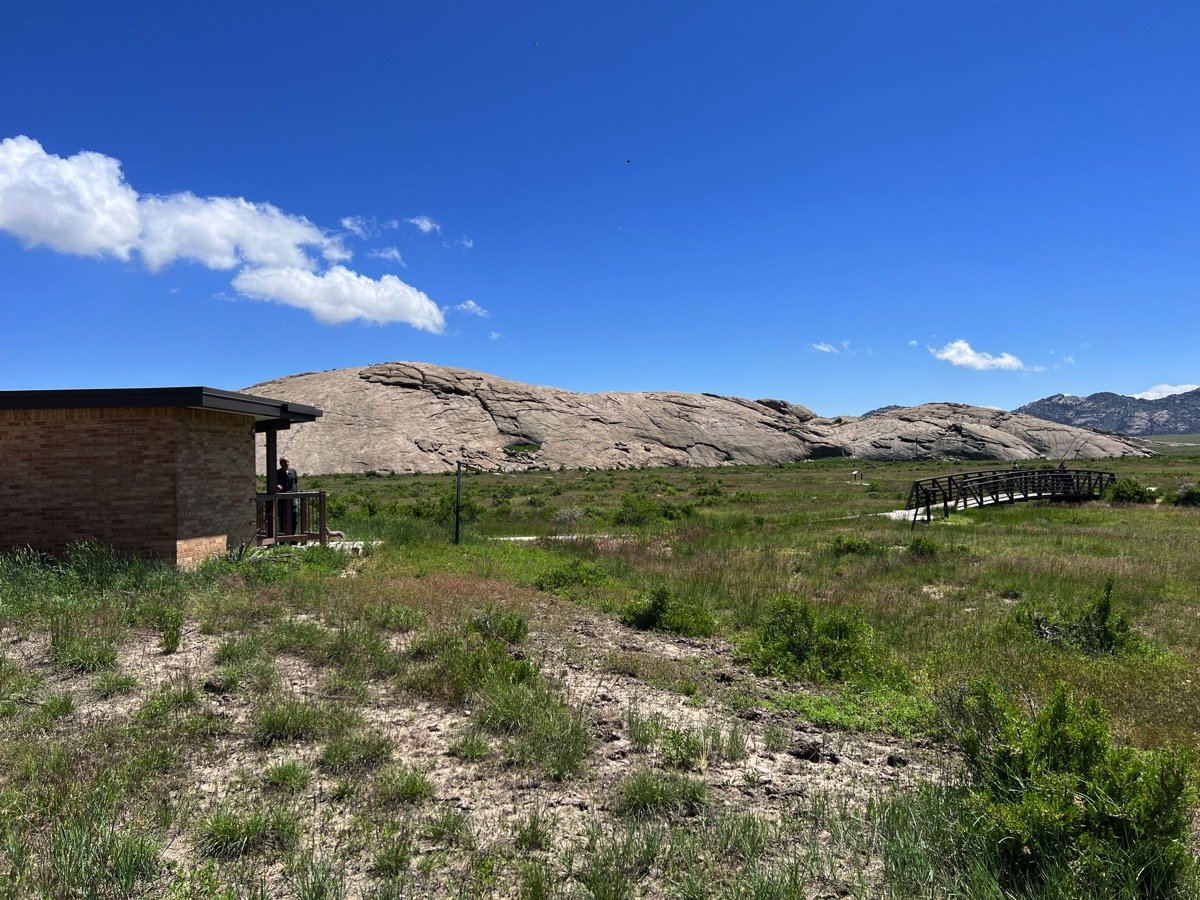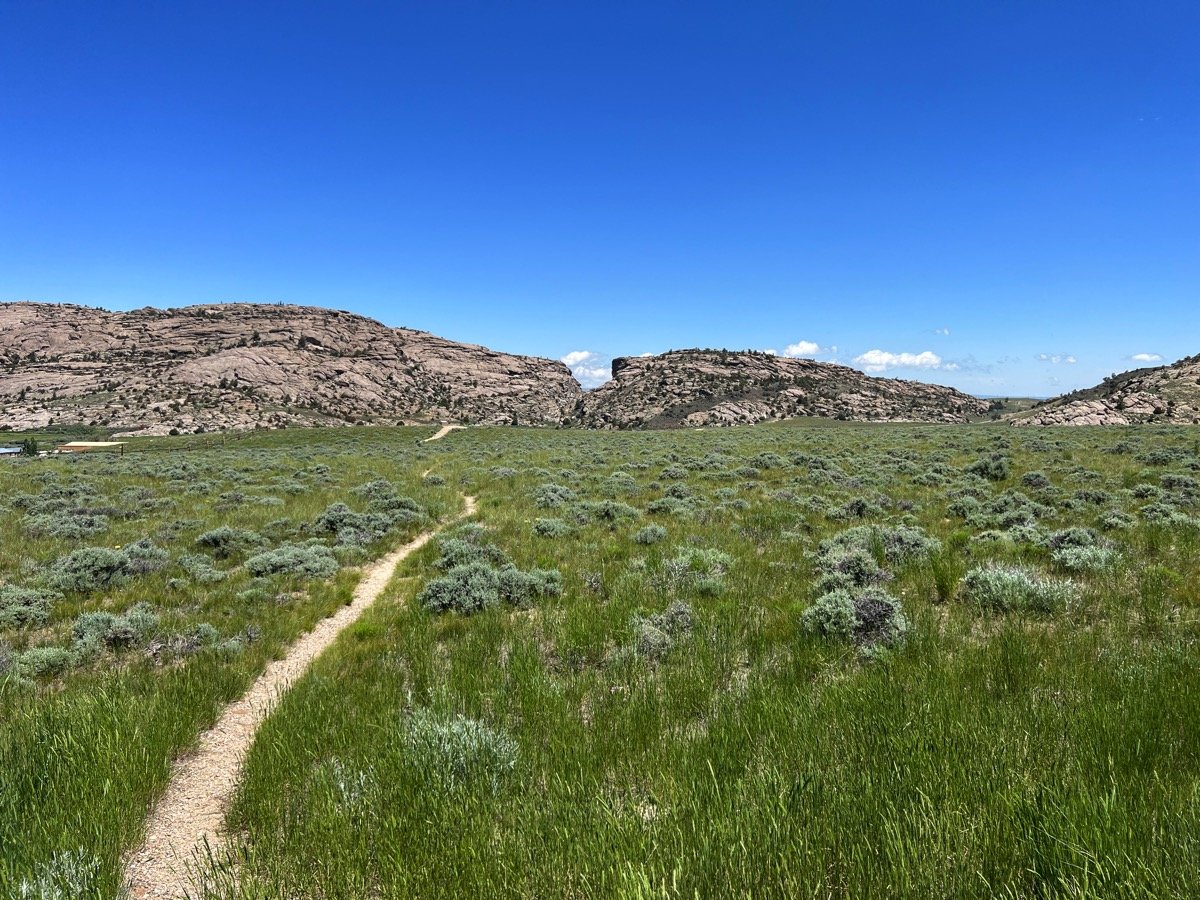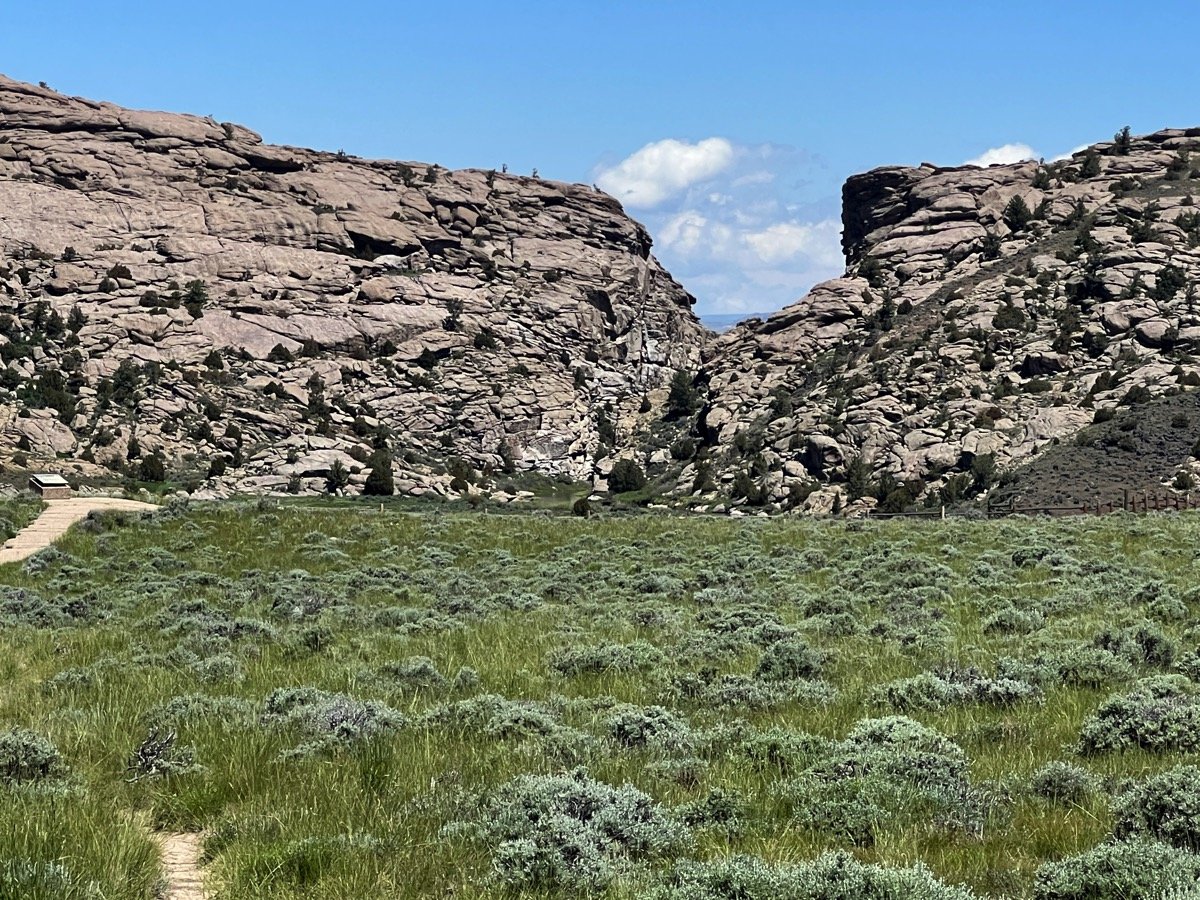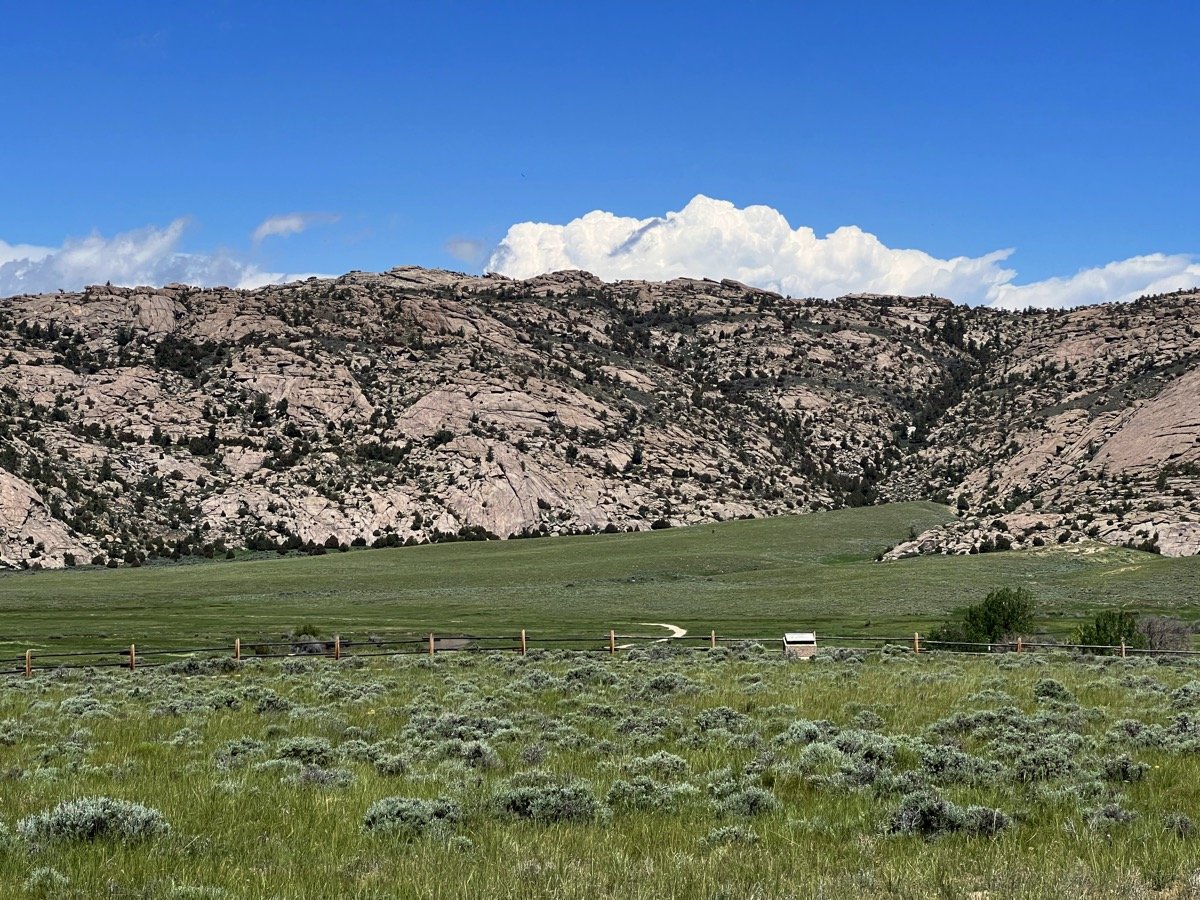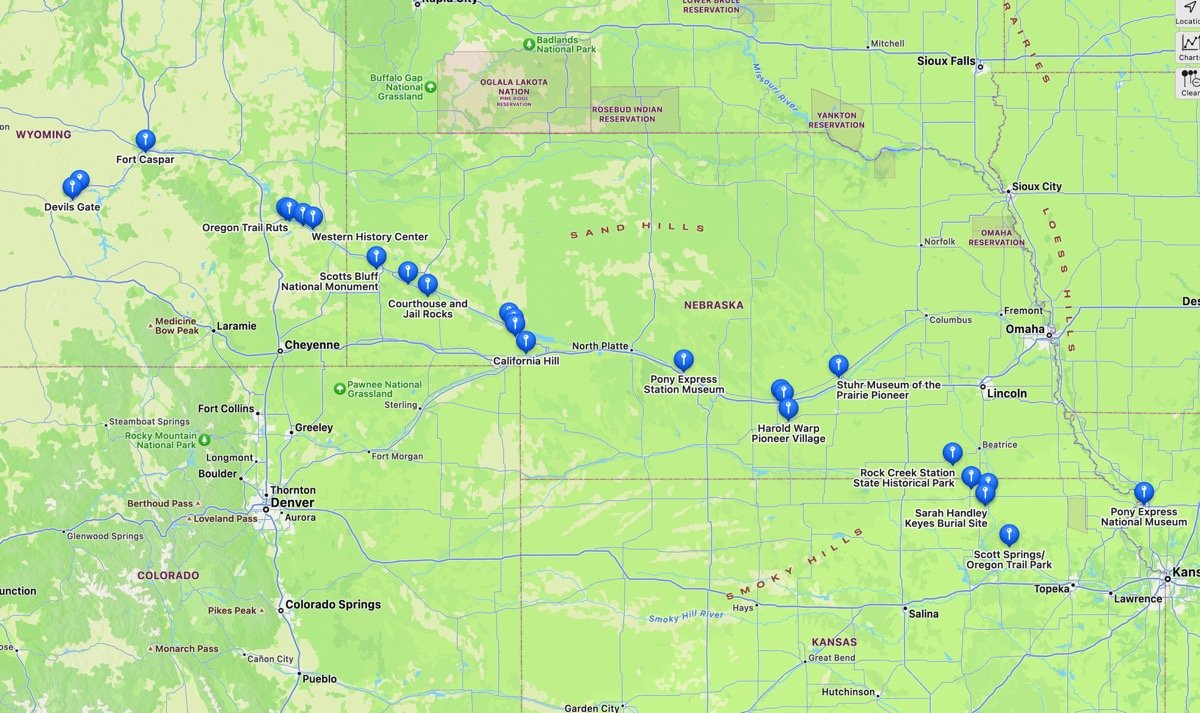From Casper, Wyoming to Rock Springs, Wyoming: the end of our Oregon Trail Journey to The 2023 International Airstream Rally.
Leaving behind the charming city of Casper, with its rich history and scenic surroundings, the final day of our journey of exploration and adventure awaited us. Our destination: the much-anticipated 2023 International Airstream Rally in Rock Springs, Wyoming. But as seasoned travelers, we knew the destination was just half the fun. The real joy was in the journey, dotted with pit-stops that held tales of the olden days, trails blazed by pioneers, and the rugged beauty of Wyoming.
Before bidding our farewell to Casper, we spent some time at one of the city’s most important historical landmarks: Fort Caspar. The fort, reconstructed on the original site where it stood during the mid-19th century, offered an intriguing glimpse into the era of westward expansion.
Originally established in 1859 as a trading post by Louis Guinard, it served as a vital stopover and supply point on the Oregon, Mormon, and California trails. In the turbulent years of the Western migration, this location saw a confluence of Native American tribes, emigrants, soldiers, and traders.
Fort Casper is connected to Ohio in the person of Lieutenant Caspar Collins, the man for whom the fort was named. Caspar Collins was born on October 30, 1834, in Hillsboro, Ohio. He was the son of Lieutenant Colonel William O. Collins, a prominent officer in the U.S. Army.
In 1862, during the American Civil War, Caspar enlisted in the army and was assigned to the 11th Ohio Cavalry. By 1863, he was commissioned as a second lieutenant and was later promoted to first lieutenant. He was assigned to Platte Bridge Station (later renamed Fort Casper) in Wyoming in the early stages of Red Cloud's War, a conflict between the U.S. Army and several Plains Indian tribes.
Caspar Collins was killed in 1865 during the Battle of Platte Bridge, a significant skirmish of Red Cloud's War. Following his death, the military post at Platte Bridge Station was renamed Fort Caspar in his honor.
The reconstructed fort now consists of a stockade, log buildings, and a replica of the Guinard Bridge. Each structure has been furnished and arranged to reflect the fort's appearance in 1865, complete with period-appropriate details. Walking through the fort, we could almost imagine the hustle and bustle of a day in the life of a pioneer, solider, or trader.
Visiting Fort Caspar was a fascinating step back in time, allowing us to understand the trials and tribulations faced by those involved in the westward expansion. It was a sobering reminder of the resilience of the human spirit, providing us with a deeper appreciation of the journey we were about to embark on. As we left Casper and Fort Caspar behind, we carried forward with us the stories, history, and heritage that are forever etched into the very land of Wyoming.
Making sure we had plenty of diesel, we hit the road with. Our first stop was Independence Rock, a historical landmark with an intimate connection to the Oregon Trail. This enormous granite rock, named by early pioneers who aimed to reach this point by Independence Day, is a silent testament to the hardships and perseverance of those who blazed the trail westward.
Often called 'The Great Register of the Desert,' the rock’s surface is inscribed with names of pioneers, a heartfelt etching of their indomitable spirit. The sight was humbling and awe-inspiring. We took time off the trail here to make breakfast and enjoy the scenes of Independence Rock out our window.
A short drive away, our next stop was the ominous yet fascinating Devil's Gate. This narrow, rugged cleft rising 370 feet above the Sweetwater River was a famous landmark for the emigrants on the Oregon Trail, although the wagons couldn't pass through it. Rather, they traveled on the hilly, rocky terrain around it. The towering, jagged rock formation, with the river rushing through, was indeed a sight to behold.
The local lore surrounding Devil’s Gate added an intriguing layer to our visit. Native American legends speak of this site as a portal to another realm, adding an eerie mystery to this historical waypoint. Looking at the eerie slit in the rock, it was easy to understand how the trailblazers of yore might have found it a landmark worth noting.
Leaving the back roads we reluctantly returned to the interstate. The last hundred miles were on Interstate 80 with winds in excess of 40 miles an hour. Before joining the highway we got more diesel. It's a good thing because with the headwinds are mileage drop from an average of 13 miles to gallon to just over 9 miles per gallon!
Finally, we arrived in Rock Springs, known for its energy production and vibrant cultural diversity, now playing host to the International congregation of Airstream enthusiasts.
The International Airstream Rally was a sight to behold. Rows upon rows of gleaming Airstreams, classic and modern, lined up in a display of camaraderie and shared passion. The sense of community was palpable, a vibrant testament to the spirit of adventure and exploration that had driven us to this point.
We will be parked at the rally for just over a week. There are lots of things to do here, seminars, vintage trailers on display, and of course lots of vendors with items related to Airstream travel. Velina has threatened to call the credit card companies and tell them that all MY cards have been stolen to prevent me from buying too much stuff :-)
In the midst of the laughter, shared stories, and new friendships forged, we couldn’t help but feel a sense of profound connection. Not just with our fellow Airstreamers, but also with the pioneers whose path we had traced. The International Airstream Rally 2023 wasn't just about celebrating the joy of the open road and the love for these iconic travel trailers. It was also a tribute to the spirit of exploration that tied us to those early travelers along the Oregon Trail.

